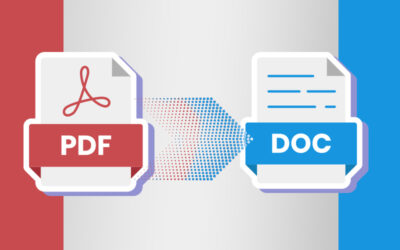
Steps in Digital Imaging
Document preparation: The first step is document preparation, i.e., making the documents ready for scanning by unfolding them and removing staples and paper clips. The documents should be then sorted by size and separator sheets inserted if needed. Though the process seems simple, this is a critical step, as if it is done incorrectly, everything will be affected.
Scanning and document capture: The next step involves selecting scanners and other supporting devices to convert the documents to digital format. Advanced scanners with fast processing times are usually used for handling bulk documents. Fragile manuscripts and paper files should be handled with extra care, using specialized scanners meant for the purpose.
Image processing: The captured images are subjected to processes such as de-skewing and de-speckling to make them look clean. The images can be then edited for compression and sharpening.
Image recognition and indexing: In this stage, the image is recognized and the data contained in it is extracted to create metadata that describes its content. Indexing of digital images and documents is performed using automated techniques such as barcode recognition or OCR. Manual indexing of images can also be done. These methods make the search process easy and smooth.
Export to a Document Management System: Once the documents/images are scanned and converted to a standard format, they can be transferred to a document management system. The system should have options to deliver the images in electronic format to single/multiple destinations such as file systems, content repositories, and email addresses, or to transfer the information directly into a destination content management system.
After the digital imaging project is complete, the files are made available to users via secure computer networks. The system is checked to ensure that technical requirements have been met and also compliance with standards of image capture, processing, and delivery.



